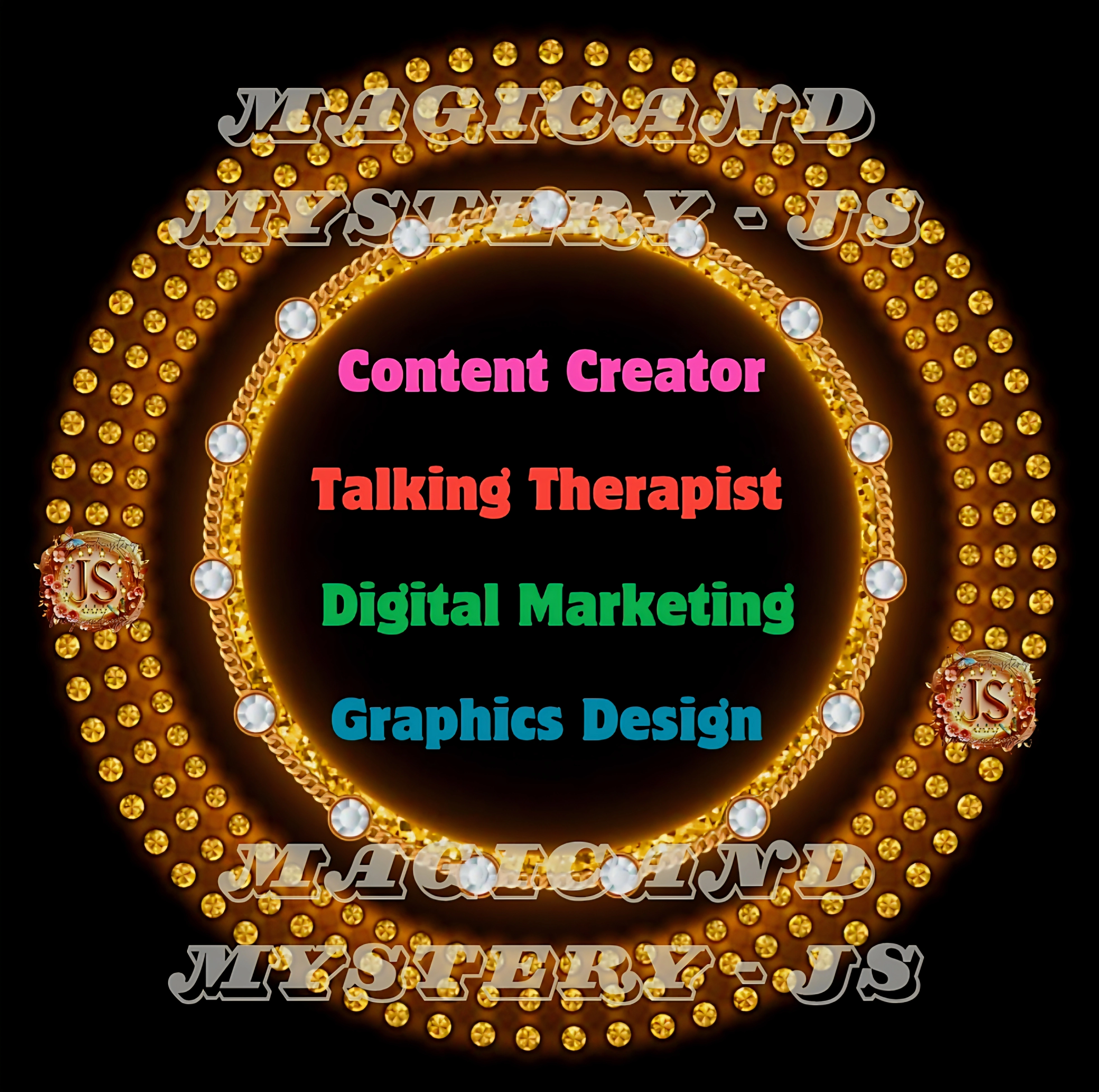The Mysterious Mechanics of Vision: How Do Our Eyes Really Work? Find Out All Now
- Salma H
- Jan 27
- 4 min read
Have you ever paused to think about the amazing journey our eyes embark on every day? From the moment light touches our eyes to the instant we recognize what we see, a complex process is at work. Understanding this remarkable system can deepen our appreciation for one of our most important senses. This post will explore the anatomy of the eye, how light is processed, and the intricate role our brain plays in interpretation.
Anatomy of the Eye
The human eye functions like a finely-tuned camera, with multiple parts that work together to produce clear images. Here’s a closer look at those components.
The Cornea and Lens
Light begins its journey through the cornea, the transparent outer layer of the eye. This dome-shaped structure refracts light, bending it to help focus it onto the retina. Behind the cornea lies the lens, which fine-tunes focus depending on the object’s distance.
The lens can change shape: it becomes thicker to focus on nearby objects and thinner for distant ones. This process, called accommodation, is crucial. Almost half of adults aged 40 and older experience difficulties with accommodation, making it harder for them to see close up.

The Iris and Pupil
Next, we have the iris, the colourful part surrounding the lens. The iris controls how much light gets into the eye through the pupil, the dark hole at its centre. In bright light, the iris contracts to minimize light intake, whereas in dim conditions, it expands to let in more light.
This adaptive feature is key: studies show that the eye processes approximately 80% of all sensory information, making optimal lighting critical for clear vision.
The Retina
The light then travels to the retina, the layer of tissue located at the back of the eye. The retina contains two types of photoreceptor cells: rods and cones. Rods are sensitive to low light and allow us to see in darkness. In fact, there are about 120 million rod cells in the human retina. In contrast, cones, which number around 6 million, detect colour and require brighter conditions to function optimally.
These photoreceptors transform light into electrical signals, which are sent through layers of retina cells before reaching the next crucial player.
The Optic Nerve
Once light is processed in the retina, electrical signals travel along the optic nerve. This structure comprises over a million fibers that carry detailed visual information from the eye to the brain.

How Light is Processed
The Path of Light
As light enters, it passes through the cornea and lens, focusing precisely on the retina. Once focused, the light interacts with photoreceptors, producing electrical impulses that traverse through the retina.
Those impulses do not simply carry raw data; they include features such as brightness, colour, and motion—all of which are vital for our perception of the world.
Signal Transmission to the Brain
The optic nerve encodes this visual information and sends it to the visual cortex, located at the back of the brain. This region is essential for processing what we see: interpreting colours, recognizing patterns, and understanding depth.
Research indicates that our brains take about 13 milliseconds to process visual information. The brain’s ability to fill in gaps based on past experiences is particularly fascinating—this is why we can recognize partially obscured objects.
The Role of the Visual Cortex
When signals reach the visual cortex, the brain reconstructs them into comprehensible images. This complex processing allows us to react swiftly to our surroundings, which is crucial for activities like driving or playing sports.

Common Vision Problems
Despite the eye's extraordinary design, many face challenges due to genetics, age, or environmental factors.
Near sightedness and Far sightedness
Near sightedness, or myopia, occurs when the eye is either too long or the cornea is too steep, making distant objects appear blurry. About 30% of the U.S. population is affected by this condition. In contrast, farsightedness (or hyperopia) happens when the eye is too short, making close objects hard to focus on.
Astigmatism
Another prevalent issue is astigmatism, which arises from an irregularly shaped cornea or lens. This irregularity can lead to blurred or distorted vision at all distances. For many people, corrective lenses or refractive surgery offer effective solutions, improving clarity and comfort substantially.
Age-Related Changes
As individuals age, presbyopia commonly affects their ability to see nearby objects. This is why many older adults require reading glasses. Approximately 90% of adults over 50 experience some degree of presbyopia.
Regular eye check-ups are vital for identifying these problems early and ensuring the highest quality of care.
The Future of Vision Research
The field of vision research is rapidly advancing, promising new insights and solutions for vision-related issues.
Innovations in Eye Care
Recent developments in ophthalmology have introduced ground breaking treatments. For example, gene therapy is now a real possibility for inherited retinal diseases. Additionally, advanced imaging techniques are helping detect conditions earlier—often before symptoms arise—which can significantly improve outcomes for patients.
Moreover, wearable technology is gaining traction. Devices that monitor eye health show promise in allowing users to easily track changes in vision, leading to more proactive care.
The Bottom Line
Understanding how our eyes work offers incredible insight into one of our most vital senses. The processes that focus light, transform it into signals, and interpret it in the brain showcase the complexity of human biology.
As research and technology evolve, we enhance both our knowledge and the quality of care available for those experiencing vision challenges. By valuing the extraordinary way our eyes function, we emphasize the need for regular care and advancements in treatment. Preserving and enhancing our vision is essential for experiencing the world fully and meaningfully for years to come.
Sponsor


Comments